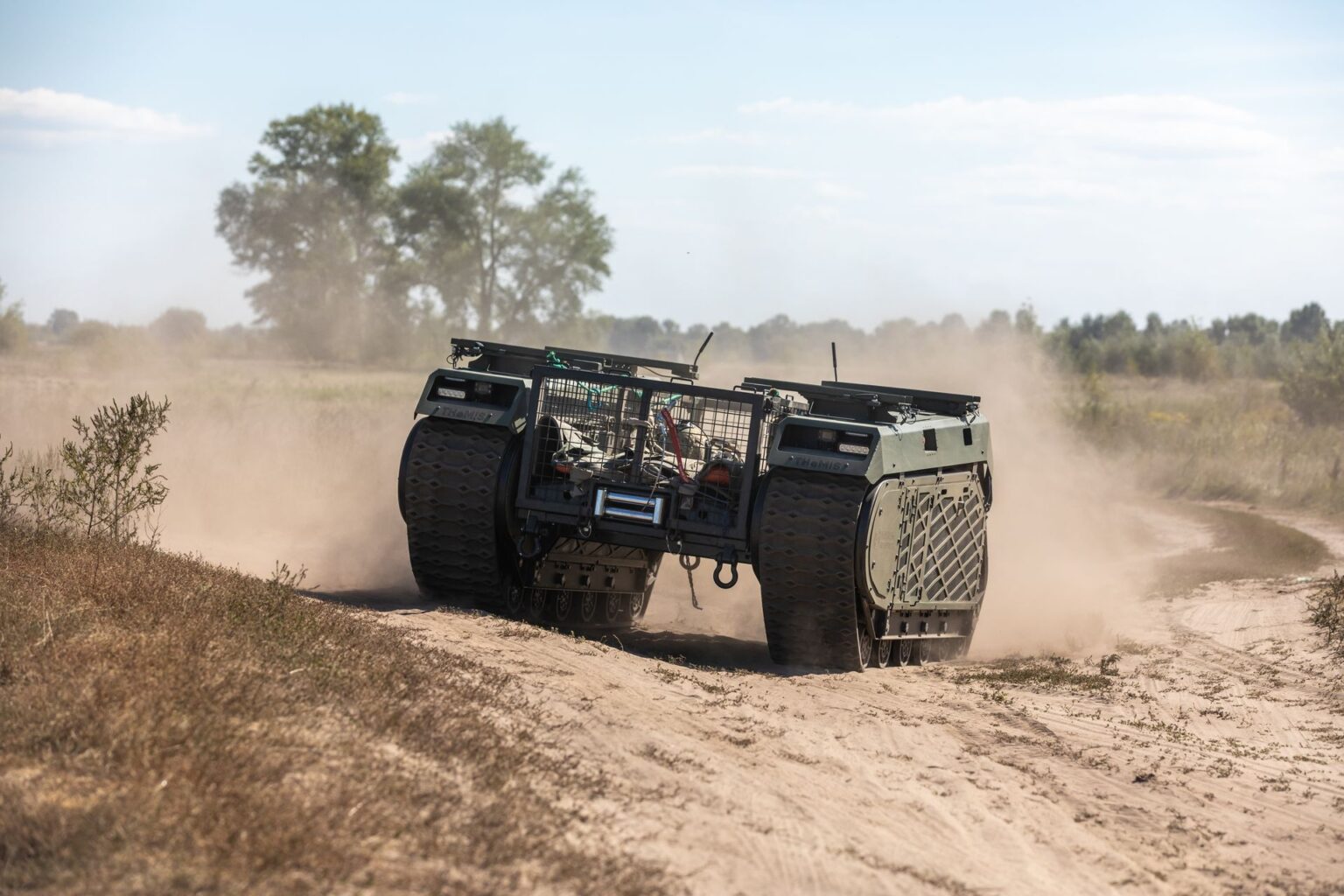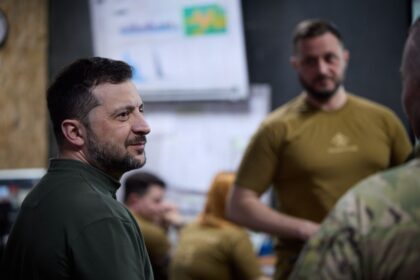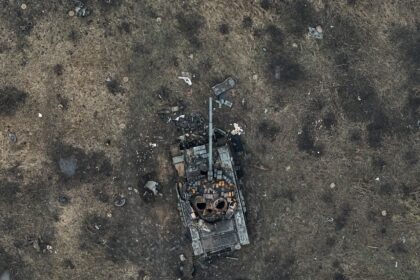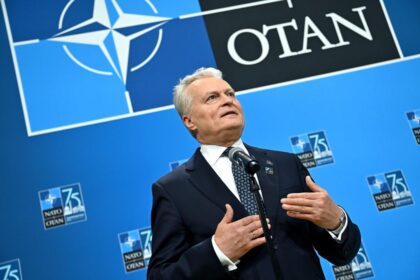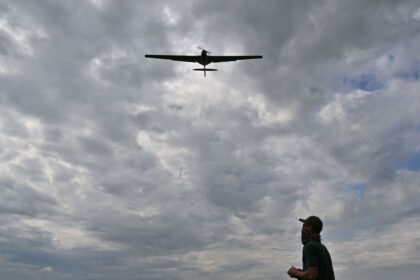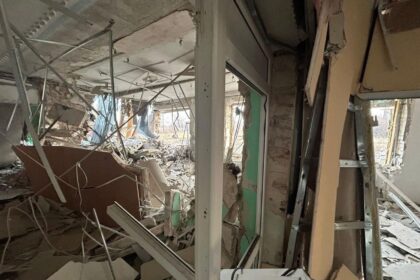**Ukraine Leverages Unmanned Ground Vehicles to Ease Pressure on Infantry**
As Ukraine struggles with ongoing recruitment problems and losses, the country is turning to unmanned ground vehicles (UGVs) to help ease pressure on its infantry. Experts say that UGVs could be a game-changer in reducing casualties and increasing efficiency on the battlefield.
**A New Era of Warfare**
Ukraine’s first confirmed UGV combat mission took place in December 2024, when the Charter Brigade used one in Kharkiv Oblast. Since then, developments have come thick and fast, with Ukrainian forces recently capturing Russian troops without the use of infantry for the first time.
Jakub Janovsky, an analyst with Oryx, a Dutch open-source intelligence and defense research group, said that UGVs could eventually allow Ukraine to need fewer troops at the frontline. “Their biggest impact might be that Ukraine could eventually need fewer troops at the frontline,” he told the Kyiv Independent. “And fewer in support roles — logistics, casualty evacuation, and everything that keeps the front running.”
**A Growing Manpower Gap**
Ukraine is facing a growing manpower gap as Russia outpaces it in monthly recruitment. President Volodymyr Zelensky said in May that Russia mobilizes about 40,000 to 45,000 men each month, while Ukraine manages just 25,000 to 27,000.
Despite losing more than a million troops since the full-scale invasion began, according to figures from Kyiv, Russia continues to attract new recruits with huge financial incentives. Ukraine has expanded its draft and offered new incentives, but shortages remain.
**What are Unmanned Ground Vehicles?**
UGVs are remotely operated, ground-based robots built to perform military tasks without putting soldiers at direct risk. They come in various shapes and sizes, from small tracked carriers to heavier, armored platforms, and can be fitted with tools, sensors, weapons, or medical gear depending on the mission.
While they do not operate independently, UGVs extend what troops can do on the battlefield by acting as mobile helpers and force multipliers in high-risk zones. Some models are armed with light machine guns or explosive payloads, while others carry ammunition, food, or water through exposed terrain where human troops would be at high risk.
**UGVs in Action**
Some of the UGVs already in action with Ukraine’s armed forces include:
* Liut: a system equipped with a 7.62 mm machine gun that has passed combat testing in real battlefield conditions.
* Termit: a next-generation version of tracked UGV that can carry up to 300 kilograms and operate on various terrains thanks to its low profile, tracked design, and improved weight distribution.
* D-21-12R: equipped with a large-caliber machine gun, the Murakha is another tracked robotic platform designed to support front-line units working under challenging conditions.
**The Future of Ukrainian UGVs**
To support long-term use and development of all types of drones, Ukraine created the Unmanned Systems Forces in early 2024. This new service integrates drones and robots across the military and helps standardize training and battlefield use based on frontline feedback.
As part of this push, in April the government held the Brave-1 trial, where more than 70 UGVs from 50 Ukrainian manufacturers were tested under combat-like conditions. Over 200 Ukrainian companies are working on UGVs, with the government planning to deliver 15,000 ground robots for combat use by the end of 2025.
With new contracts signed and local industry expanding, 2025 could be the year robots become a common sight across the Ukrainian front.
Read More @ kyivindependent.com




